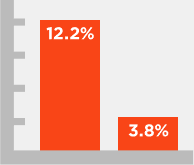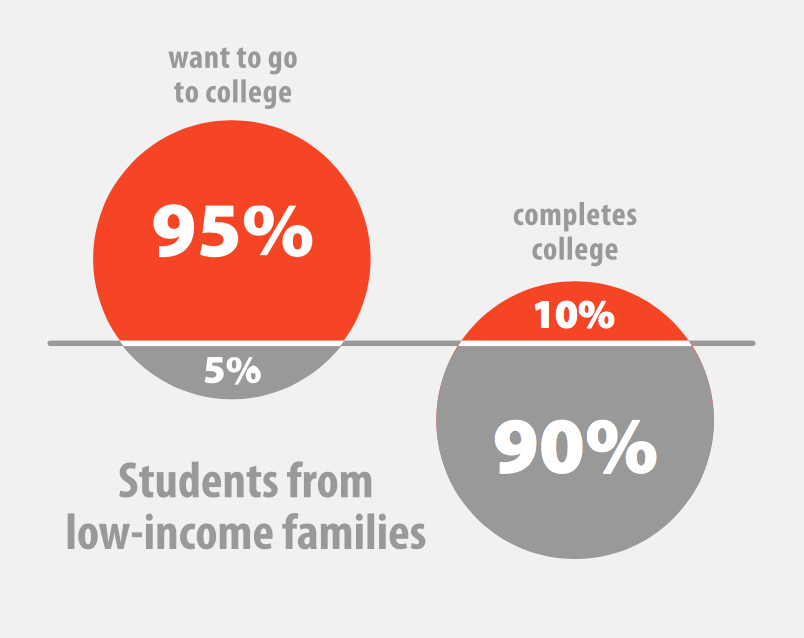In November 2023, the U.S. Department of Education released the latest Civil Rights Data Collection (CRDC), a crucial tool for monitoring and enforcing compliance with civil rights laws in K-12 schools. This data provides essential information and analysis related to educational equity during the 2020-2021 school year, a period marked by challenges due to the COVID-19 pandemic.
The Supreme Court’s decision to overturn affirmative action has shed light on the deep-seated racial inequalities in K-12 education, as revealed by the Civil Rights Data Collection (CRDC). This underscores the urgent need for immediate action to expand educational opportunities and improve outcomes for students of color, particularly Black students, in K-12 and higher education. Tona Boyd, Associate Director-Counsel at the Legal Defense Fund (LDF), emphasizes, “We urge state and local educational agencies to adhere to federal anti-discrimination laws, including Title VI of the Civil Rights Act of 1964, by eliminating these long-standing racial disparities and reinforcing their commitment to educational equality.”
The significant disparities across various indicators reveal the disproportionate negative impact on Black students, resulting in limitations to their educational access and opportunities. Alarming findings from the CRDC include:
- Having law enforcement in schools leads to the criminalization of students. There are significant racial disparities in referrals to law enforcement and school-based arrests. Police presence in schools does not contribute to positive school environments or improve safety.
- Black students were almost twice as likely to be suspended or expelled compared to their white peers in the 2020-21 school year.
- Black students accounted for 18% of law enforcement referrals and 22% of those subjected to school-related arrests, while they represented 15% of total K-12 student enrollment.
- 18% of Black male students were subjected to corporal punishment despite only accounting for 8% of total student enrollment.
- Black students were more likely to attend schools with law enforcement but without a counselor, social worker, nurse, or school psychologist.
- There is a continued trend of racial disparities in educational curriculum, particularly in access to advanced coursework, which is a critical factor in the admissions criteria for many higher education institutions.
- Black students have less access to Advanced Placement coursework and dual enrollment or dual credit programs.
- Only 35% of schools with high enrollments of Black and Latinx students offered calculus, compared to 54% of schools with low enrollments of these student groups.
- Click here to read the NAACP response to the most recent Civil Rights Data Collection (CRDC) released by the U.S. Department of Education
- Also, read the U.S. Education Department’s Office for Civil Rights Releases New Civil Rights Data on Students’ Access to Educational Opportunities During the Pandemic | U.S. Department of Education.

99% of New Jobs
Since the 2008 recession, 99% of new jobs have required some postsecondary education, according to the Center for Education and the Workforce at Georgetown University. Those with only a high school diploma or less have been left behind.

Job Stability
Studies show that today’s young workers (ages 25-32) with a college degree are experiencing greater job stability than those with only a high school diploma. Their unemployment rate is 3.8% compared to 12.2% for those with only a high school education.
 High School Grads Earn $1M Less Than College Grads
High School Grads Earn $1M Less Than College Grads
Even earning a two-year degree would boost lifetime earnings by an average of $423,000; a bachelor’s degree an average of $1 million.

The Aspiration and Attainment Gap
Research shows that when asked in middle or high school, 95% of students in low-income communities say they want to go to college. But currently, only 10% of low-income students earn a degree by age 25–a rate that is barely above the college graduation rate for similar students nearly a half-century ago.
 1 to 491
1 to 491
The recommended counselor-to-student ratio is 1 to 250, according to the American School Counselor Association, but the national average is 1 to 491, and researchers estimate that in some high schools in low-income neighborhoods, the ratio is as high as 1 to 1,000. College access programs cannot fill the gap, reaching only a small fraction of the students who most need their services.
Information provided by College Summit and the Center for Education and the Workforce at Georgetown University.
